Jan van Eyck - Gloss
The Arnolfini Portrait.
The woman gently places her hand in the hand of the man. The touch is significant and placed almost at the center of the painting. They are dressed in festive costumes and the man has raised his right hand, as if about to take an oath.
On the back wall of the room hangs a mirror in a frame adorned with ten medallions depicting the Passion of Christ.
The dog at their feet - an eternal symbol of faithfulness and loyalty - was considered a sign of prosperity at that time.Van Eyck captured the moment of definition of the existence of the Arnolfini couple.
Still life of the neutron era
558 years have passed, and it is now the year 1992 AD.
An artist on the other side of the planet starts to paint a picture completely outside of their style, cursing Jan van Eyck for his meticulous fur trimming on Giovanni di Nicolao Arnolfini's cloak and Giovanni di Nicolao Arnolfini for his ugliness.
Here is the fur of the ermine on Giovanni's cloak, which has turned reddish from the nuclear glow. Giovanni di Nicolao Arnolfini's burning hand is slightly covered by a metal cone. After a minute, a slightly improved Giovanni from 558 years ago will disappear forever.
- Didn't you advise me to throw away all the fine brushes?
- Correctly advised. After this monstrosity, I will forget about them.
- Do you want to say something to people? What is the painting about?
- Well, it's simple. After the nuclear war, only robots capable of making heat-resistant spheres and cones may be left. That will be the art - without van Eyck and others.
- And the title?
- Still Life of the Neutron Era. For example.
- Everything is epic. Why?
- I won't paint such crap anymore. Like van Eyck.
We both abandoned the fine brushes, only rarely using them for small details. "Still Life of the Neutron Era" was named "Spheres and Cones" and was sold long ago without regret, because there was no life in the painting. Another 29 years passed, during which dozens of paintings filled with life and beauty were created with bold brushstrokes in harmony of color and form. Jazz and classical music sounded, improvising invisibly on the canvas. And every year we waited for spring. Painting as a process of reflection and the meaning of existence, like an ancient muse, hovered in the house and studio. Two hundred thousand smoked cigarettes and half a century with a brush in hand had passed. And then suddenly "Spheres and Cones" reappeared.
Premonition
- Your picture is found. "Spheres and cones." What do you think?
- It has nothing to do with painting. Just then, 558 years ago, I began to suspect something was wrong. "Spheres and cones" is a premonition. Giovanni Arnolfini is alone. There is no symbol of love and family - his wife. No prosperity and loyalty - the little dog. No faith - the mirror and the Passion of Christ have disappeared. Arnolfini is already burning. His end is near. And in exchange, lifeless spheres and cones will come. And 29 years after the painting of spheres and cones, the premonition began to come true... and there was only one year left..
- One year left for what, dad?
- To make a fresco on the wall of the house, you finish your Passion of Christ.. We have to hurry...
I will set aside all theories about the "magic" of the painting "The Arnolfini Portrait". In 1434, in Bruges, Jan van Eyck depicted on canvas all the details of the story, and smart people like Erwin Panofsky did not miss their chance to shine with their ingenuity - the concept of hidden symbolism, that paintings of that time somehow encode religious beliefs and teachings using symbols (there is such an ancient game - "Signs").
Giovanni Arnolfini is undoubtedly ugly. Standing next to his dull companion, he looks past the world with indifferent, lifeless eyes, as if considering a deal. There is less life in him than in the little dog at his feet.
"Still Life of the Neutron Era" - an interpretation of the future. Giovanni also looks indifferently at the post-apocalyptic world.
Arnolfini is an average, 587-year-old image of the world. It is precisely in 2021 that we remembered him. Welcome to the present - Arnolfini Imago Mundi.
Imago Mundi MMXXII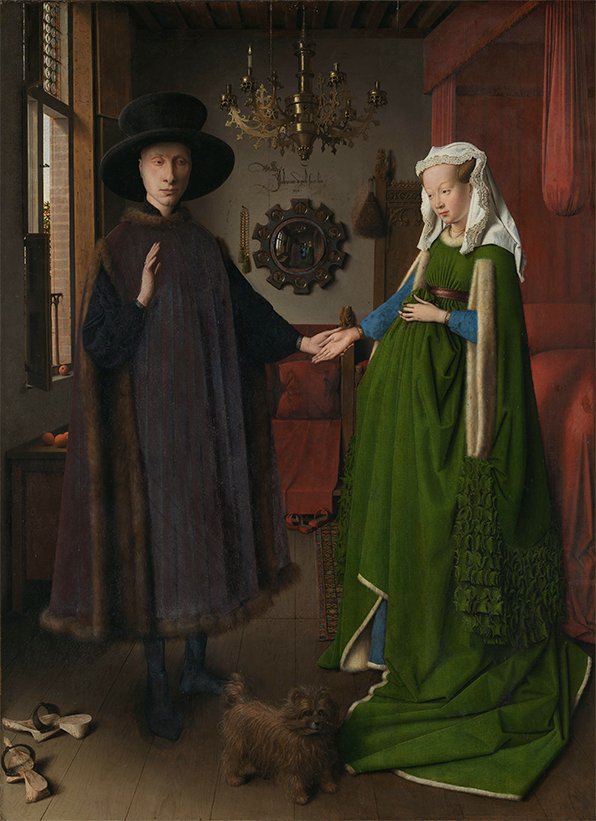
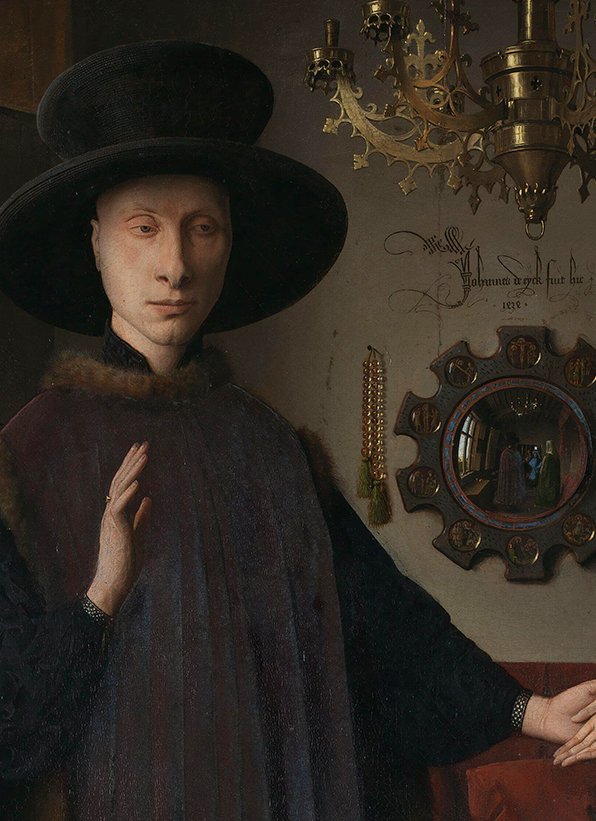
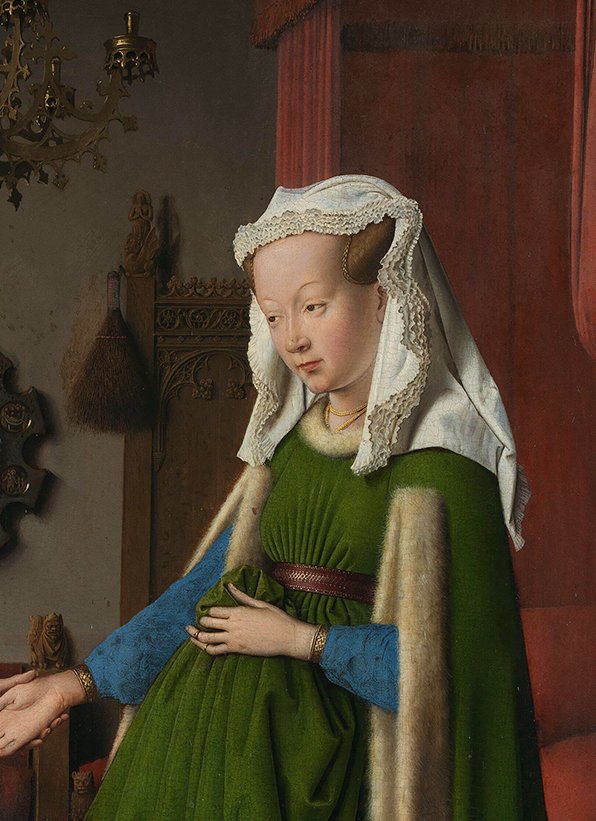
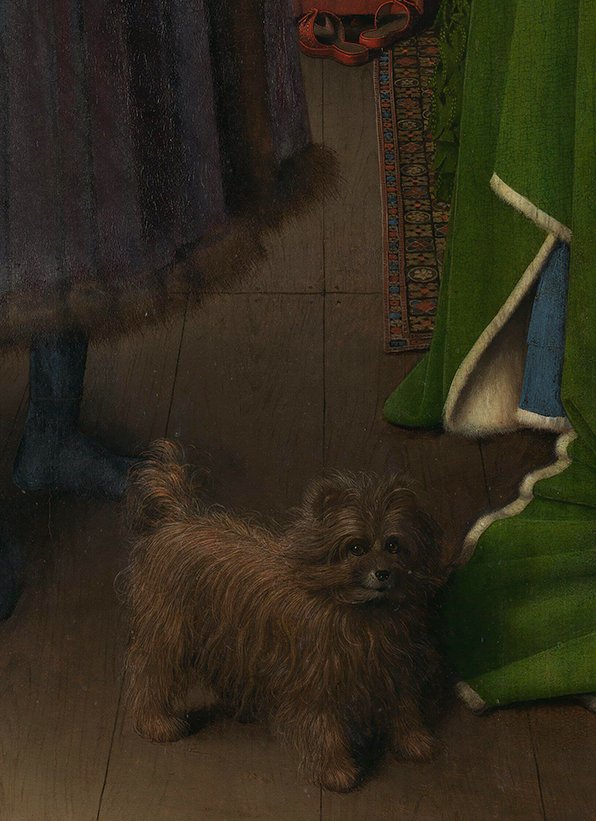

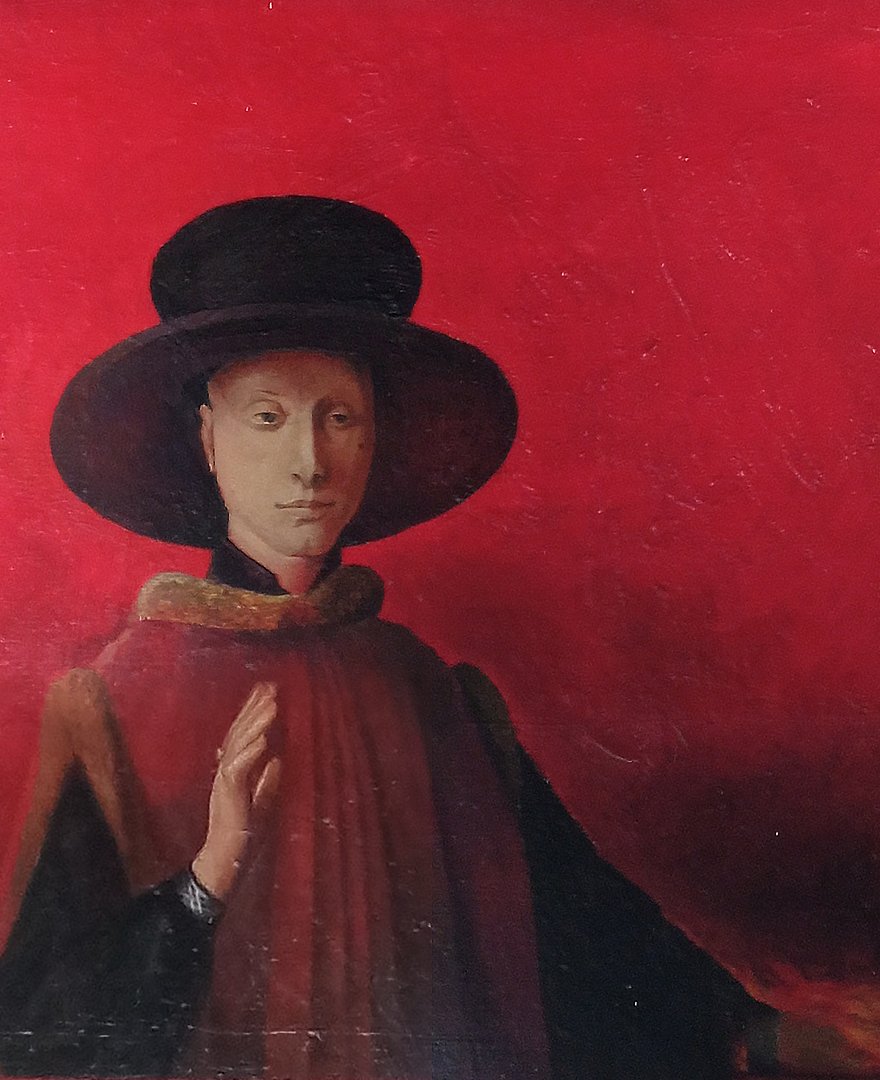

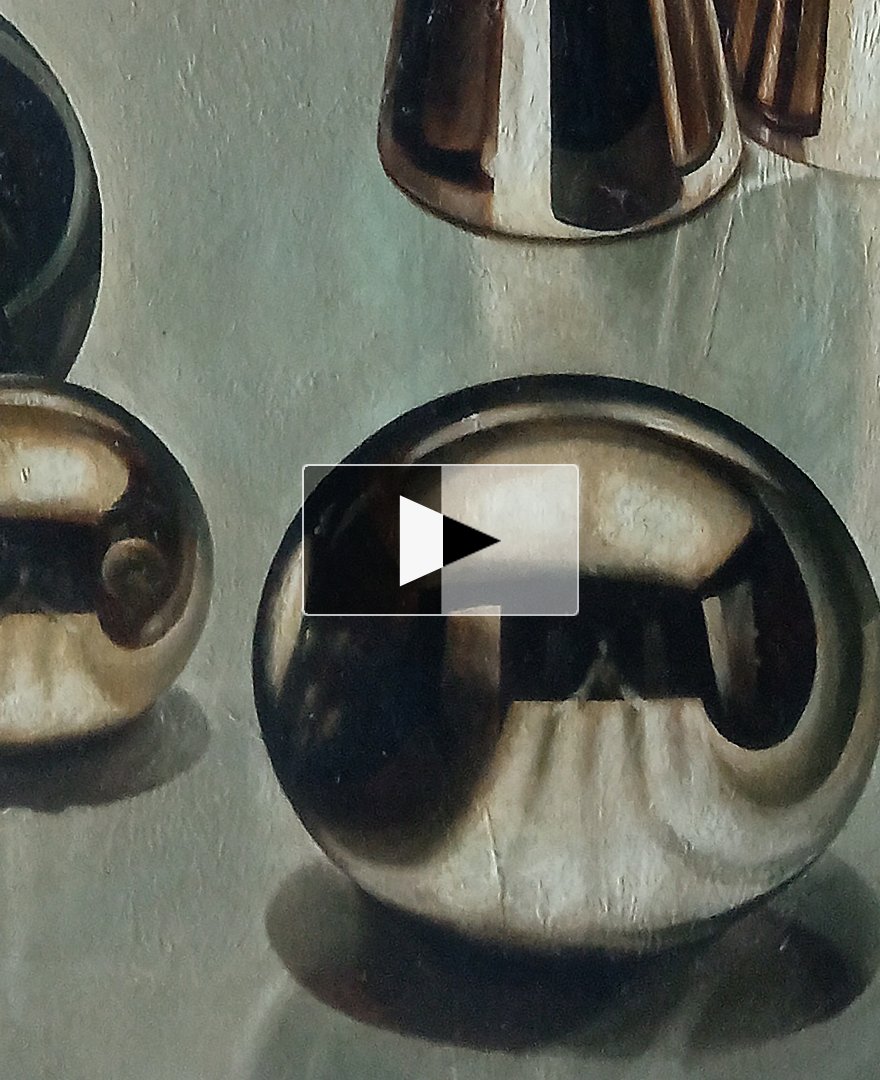
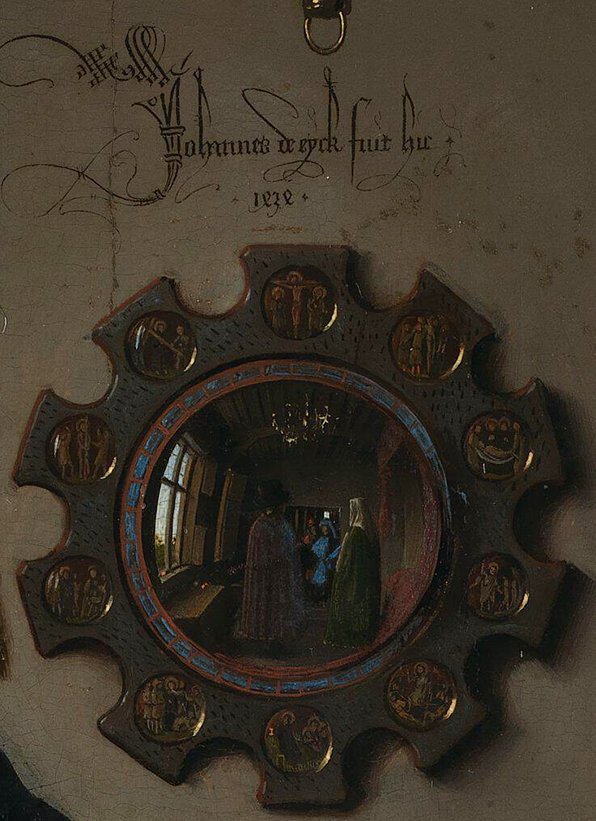
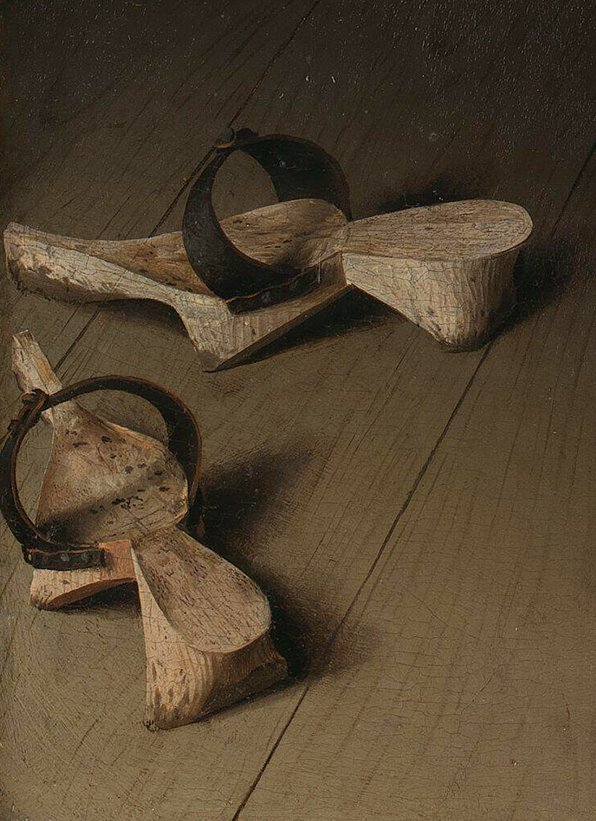
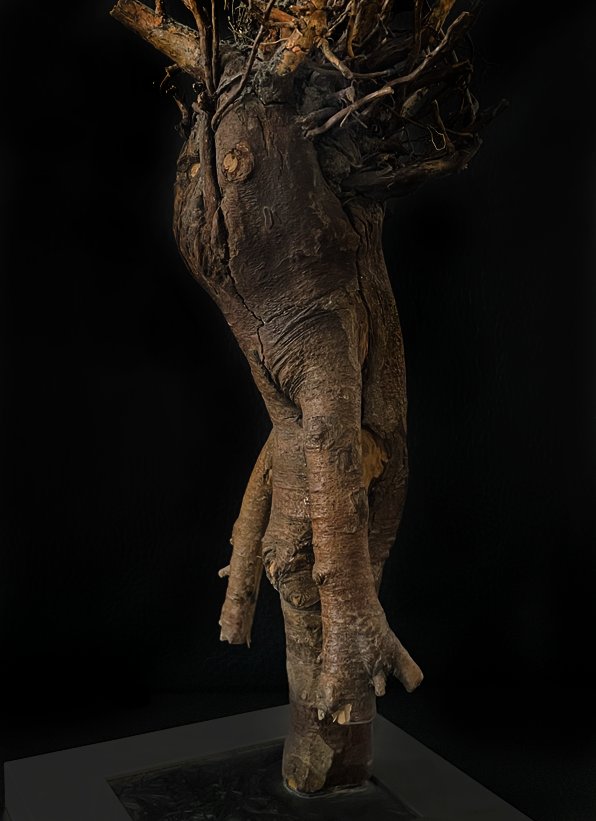
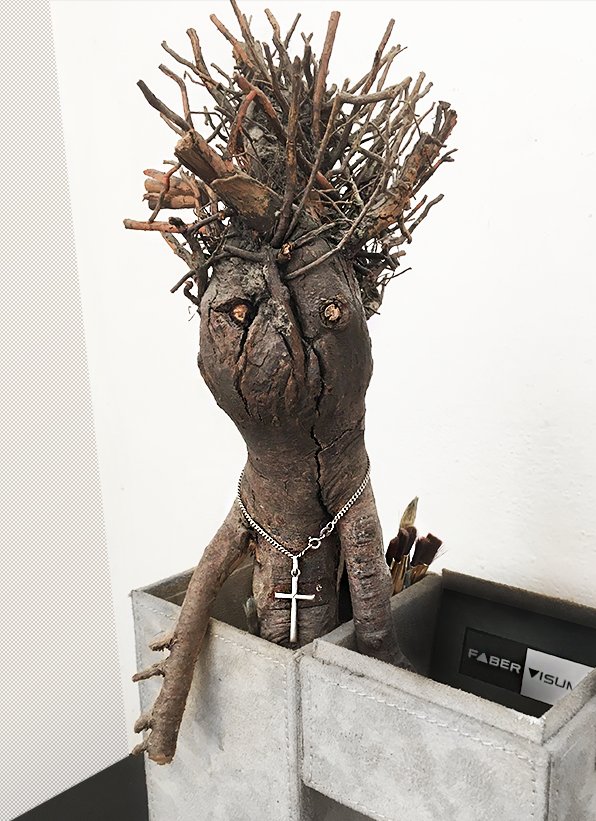
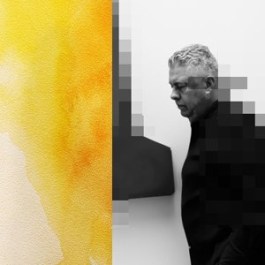 Contemplation of painting
Contemplation of painting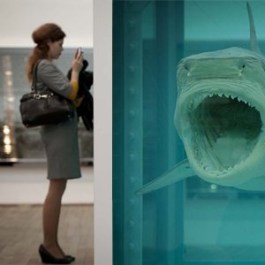 Destruction of the Spirit in Art
Destruction of the Spirit in Art Ownership of an artwork
Ownership of an artwork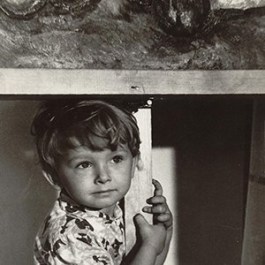 Art Studio 46A
Art Studio 46A

